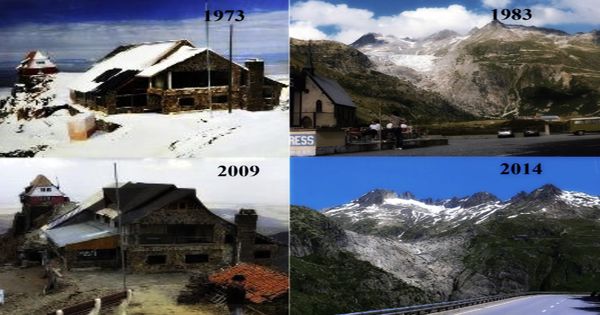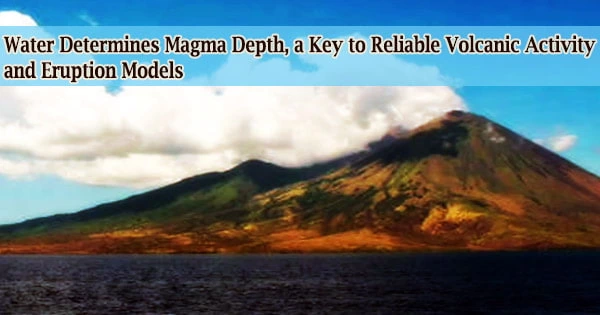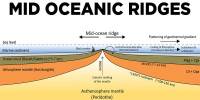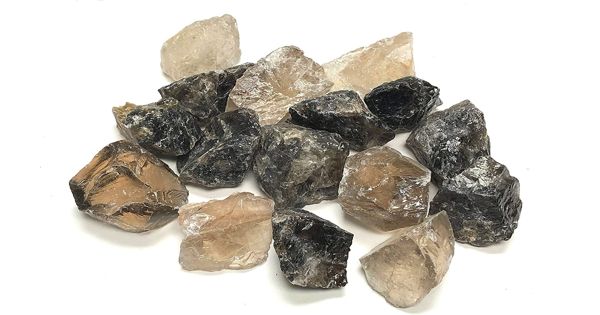In Bolivia, Chacaltaya (Mollo language for “bridge of winds” or “winds meeting point”, Aymara for “cold road”) is a mountain with an altitude of 5,421 meters (17,785 ft) and a view of Titicaca Lake in the distance. It is a mountain in the Cordillera Natural, one of the Cordillera Oriental mountain ranges, the Bolivian Andes mountain range. The Chacaltaya Glacier used to be one of the main tourist attractions in the country (the Andes in Bolivia). People will come from all over to go skiing, but this glacier, which has existed for 18 thousand years, is now just tiny bits of ice because of climate change. Before it was lost, this glacier was actually the site of the world’s highest ski lodge.
The 18,000-year-old Chacaltaya glacier had an area of 0.22 km2 (0.085 sq mi) in 1940, which was reduced to 0.01 km2 (0.0039 sq mi) in 2007 and was completely gone by 2009. Because of the lack of precipitation and the warm period of El Niño, the last meltdown after 1980 resulted in its final disappearance in 2009. About 30 kilometers (19 mi) from La Paz, near Huayna Potosí Peak, the glacier was situated. It was believed that because of climate change, this was one of the glacial ranges to decrease markedly in scale. Whether global warming or a natural variation in the local climate around Chacaltaya caused the meltdown is still a topic of debate.

(Some view of Chacaltaya Glacier)
It was the highest lift-served ski area in the world and the northernmost in South America, and after Maoke, Indonesia, the second most equatorial in the world. The rope tow, the very first in South America, was installed with a car engine in 1939; it was housed in the original clapboard lodge of the site and is now inoperable. By a narrow lane, also constructed in the 1930s, the road to the base of the drop is reached. Because of the extreme cold weather, the lift has usually operated solely on weekends from November to March.
Skiing is limited to a 180 m stretch as of 2009, which often receives enough snowfall during the winter for a sprint. As the road stops just 200 meters (660 ft) from the summit, the mountain is also popular with amateur mountaineers. The ski resort restaurant is considered by Guinness World Records to be the largest restaurant in the world. There were a lot of people going to the mountain all year round. It was popular entertainment for mid and upper-class people who spent their days there before they returned home with coldness or pain in their ears (due to the altitude).
In the 1990s, scientists at the Laboratory of Mount Chacaltaya began calculating the Chacaltaya glacier. The glacier melted at a faster pace than anticipated, projected at that time to survive until 2015. It was reduced to a few tiny patches of ice and snow at the top of the mountain by 2009. Nowadays, however, in Chacaltaya, nothing can be found but fragmented memories and an abandoned house. While there is no snow at the ski resort, it is still possible to find two of its guardians: Adolfo and Samuel Mendoza. For over 35 years, they have been living in Chacaltaya. They were ski addicts and mountaineers back in time; they are today responsible for taking care of a snow-free ski resort, where visitors are as scarce as oxygen.

(Chacaltaya seen from the city of La Paz)
During the dry season, many Bolivians on the Altiplano and in two of Bolivia’s major cities, La Paz and El Alto, depend in part on meltwater from the Andean glaciers for their water supply. That’s why the melting of Chalcataya and many other glaciers around it is more than just a smaller ski resort. It affects many people who depend on it. The Chacaltaya (Astrophysical) Observatory is owned and run by the Universidad Mayor de San Andrés, in cooperation with other universities around the world. It hosts a research group on cosmic rays and has hosted the Chacaltaya Global Atmosphere Watch (GAW) station since 2011. One of the few monitoring sites in the Southern Hemisphere for critical climate variables (meteorological variables, aerosols, and greenhouse gases) is the GAW station.
Information Sources:
















